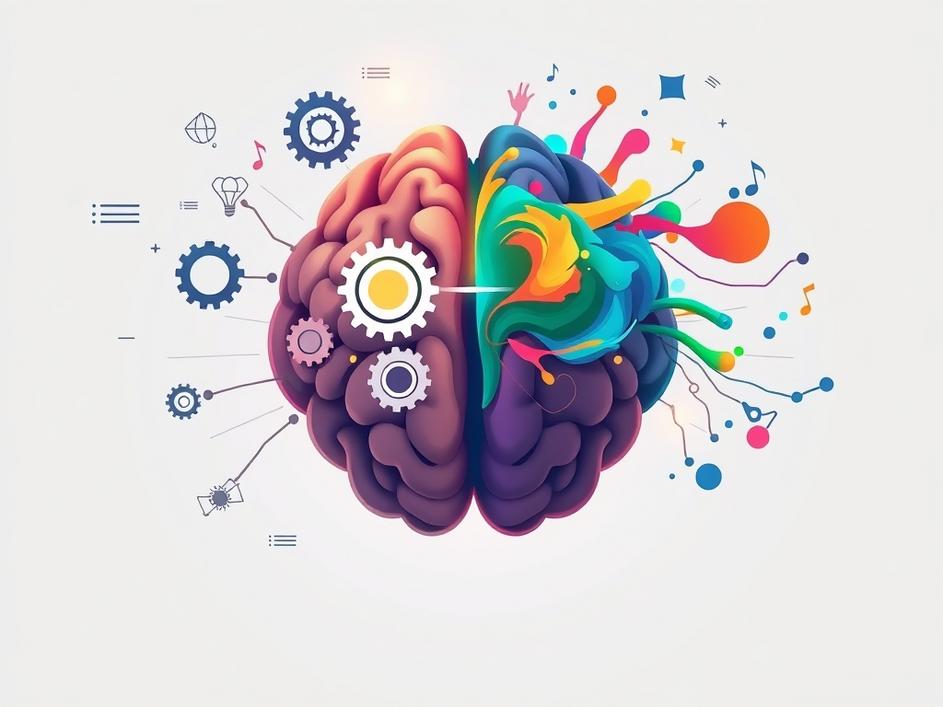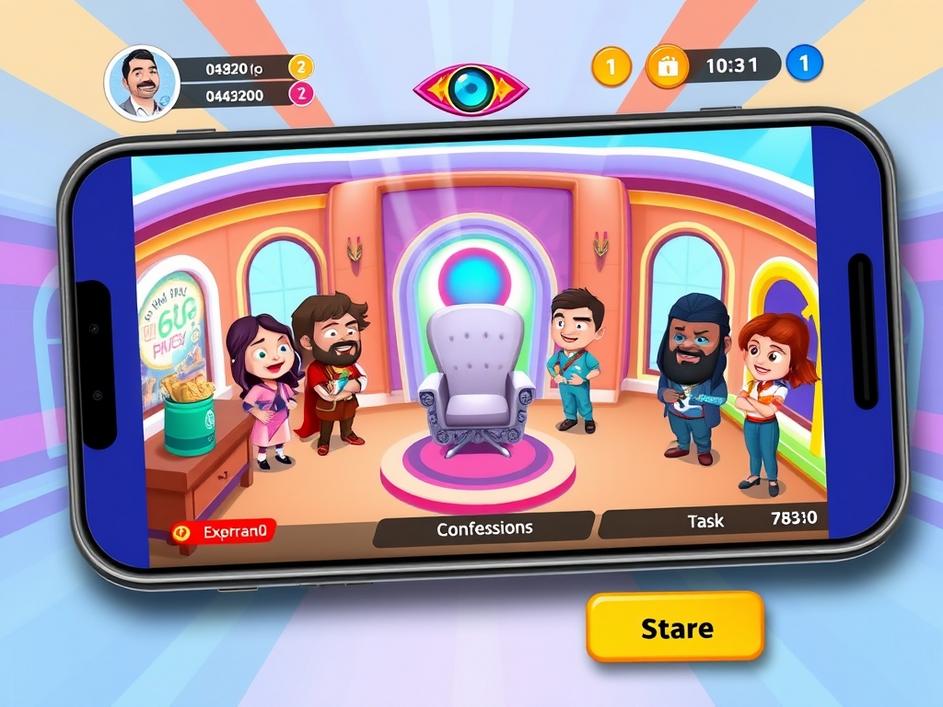


We are a digital agency helping businesses develop immersive, engaging, and user-focused web, app, and software solutions.
2310 Mira Vista Ave
Montrose, CA 91020
2500+ reviews based on client feedback

What's Included?
ToggleImagine wanting to create a picture or a short video, but instead of fumbling with complicated software, dragging and dropping elements, or trying to phrase the perfect text prompt, you just… talk. You describe what you want, and a smart computer program listens, understands, and brings your vision to life, almost instantly. This isn’t just a futuristic fantasy anymore. This is the reality HiDream.ai is building, and their innovative approach recently earned them the prestigious Best Demo award at the 33rd ACM International Conference on Multimedia (ACM MM 2025). This win is a big deal, not just for HiDream.ai as a startup from Beijing, but for anyone interested in the future of how we interact with technology to make visual content. It highlights a shift towards a much more natural, conversational way of creative work.
The ACM MM conference is a major event in the world of multimedia research, drawing top minds and cutting-edge projects from all over. Winning the "Best Demo" award means that HiDream.ai didn’t just have a good idea on paper; they showed off a working system that genuinely impressed the experts. It suggests their technology is not only clever but also functional and holds real promise for changing how we approach visual design and creation. This recognition puts a significant spotlight on their work and the exciting direction they are taking artificial intelligence in the creative space. It feels like we’re standing at the edge of a new era for digital art, where the barrier to entry is getting lower and lower, making creativity more accessible to everyone.
So, what exactly does "conversational visual creation" mean in practice? Think of it like having a highly skilled digital artist who understands natural language and can respond to your ongoing instructions. You might start by saying, "Show me a bustling city street at night with neon signs." The AI generates an image or video. Then, you can follow up with, "Can you make it rain?" or "Add a vintage car driving through the scene." The system doesn’t just treat each command as a brand new request; it remembers the context of your previous instructions and makes changes to the existing visual based on your conversation. It’s a continuous dialogue, refining the output until it matches what you have in mind. This back-and-forth interaction is what truly sets it apart from simply typing a single, complex text prompt. It mimics how a human artist might collaborate with a client, asking for feedback and making revisions step by step. This capability removes a huge hurdle for many aspiring creators and even seasoned professionals, allowing them to focus purely on the creative vision rather than struggling with the tools.
The underlying technology involves advanced AI models that can understand not just isolated words, but the flow and meaning of a conversation. It’s about bridging the gap between human thought and digital execution. This isn’t just about creating still images either; the potential extends to generating dynamic video content, opening up new possibilities for filmmakers, advertisers, and anyone looking to tell a story visually. The ease of use means that someone without any formal training in graphic design or video editing could potentially create compelling visuals just by expressing their ideas. This shift from complex interfaces to intuitive conversation represents a significant leap forward in making sophisticated creative tools available to a much wider audience. It’s less about learning specific software commands and more about simply articulating your imagination.
The significance of HiDream.ai receiving the Best Demo award at ACM MM 2025 goes beyond just a trophy for their mantelpiece. It’s a powerful validation from the global academic and research community. For a startup, especially one hailing from Beijing, China, to receive such high international recognition is a testament to the quality and originality of their research and development. It signals that innovation in AI is thriving across the globe and that exciting advancements can come from anywhere. This kind of award often acts as a catalyst, drawing further attention, investment, and talent to the winning company. It also sets a benchmark for what’s possible in the field of human-computer interaction and generative AI. When esteemed experts gather and declare a particular demonstration the "best," it means they see not only technical brilliance but also immense practical potential. It suggests that HiDream.ai is not just playing catch-up but is actively pushing the boundaries of what AI can do in the creative realm, potentially influencing future directions for the entire industry.
Moreover, this achievement highlights the growing maturity and sophistication of AI models. It’s not just about generating random images; it’s about understanding complex human intent and refining outputs through sustained interaction. This iterative process, guided by natural language, is far more user-friendly and powerful than previous generations of AI art tools. The award signifies that the technology is robust enough to handle live, interactive demonstrations, which often come with unforeseen challenges. It shows a level of polish and reliability that makes their solution stand out. This international recognition also helps to establish trust and credibility for the company, which is invaluable in a rapidly evolving and sometimes skeptical tech landscape. It’s a clear statement that HiDream.ai has developed something truly impactful and ready for broader application.
My own take on this is that tools like HiDream.ai’s are going to fundamentally change how we think about creativity. For years, the ability to create high-quality visual content was restricted to those with specialized skills, expensive software, or a lot of time to learn. Now, the barrier to entry is rapidly dissolving. This democratizes creativity in a profound way. Imagine a small business owner who can’t afford a graphic designer, now able to generate marketing visuals just by talking to an AI. Or a budding storyteller who can create storyboards and concept art without ever touching a pencil or a design program. This technology empowers individuals to bring their ideas to life with unprecedented ease.
For professional artists and designers, it doesn’t mean replacement, but augmentation. This could free up their time from repetitive tasks, allowing them to focus on the higher-level conceptual and artistic direction. It can serve as a super-fast brainstorming partner, quickly generating variations and ideas that might have taken hours to sketch manually. The creative process becomes less about the mechanics of execution and more about the purity of imagination and direction. We’re moving towards a world where your spoken word or even your thoughts, processed through an intelligent interface, become the primary input for creation. This fundamentally shifts the landscape, making the process of visual storytelling more intuitive, immediate, and accessible than ever before, truly letting the imagination lead the way.
While the potential is incredibly exciting, we also need to consider the road ahead and the questions that inevitably arise with such powerful technology. One major area of discussion will be the ethical implications. As AI gets better at generating visuals and videos from conversations, the potential for misuse, such as creating convincing deepfakes or spreading misinformation, becomes a serious concern. How do we build safeguards into these systems to ensure responsible creation? Transparency about AI-generated content will be crucial. Another point to ponder is the issue of artistic ownership and originality. If an AI generates art based on a conversation, who truly "owns" that creation? These are complex questions that the industry and society will need to grapple with as these technologies become more widespread.
Furthermore, we need to think about the evolution of the technology itself. How will it handle highly nuanced artistic styles or very abstract concepts? Will it be able to learn and adapt to individual users’ preferences over time, becoming an even more personalized creative assistant? And what about the accessibility of these tools? Will they be available to everyone, regardless of their internet speed or computational power? The ongoing development will likely involve refining the AI’s understanding of human intent, expanding its creative repertoire, and addressing these larger societal and artistic questions. It’s a journey that will require continuous innovation, thoughtful debate, and careful implementation to ensure that these powerful tools truly benefit humanity in the long run.
HiDream.ai’s win at ACM MM 2025 is more than just a momentary highlight; it’s a peek into a future where creativity is less about mastering complex tools and more about the simple act of expression. By allowing us to talk our visions into existence, they are chipping away at the technical barriers that have long stood between an idea and its visual realization. This doesn’t mean the end of human artists, but rather the beginning of a new partnership between human imagination and artificial intelligence. It’s a partnership that promises to make visual creation more intuitive, more personal, and ultimately, more universally accessible. We’re standing at the cusp of a truly exciting era for digital art and storytelling, where tomorrow’s masterpieces might very well begin with a simple conversation.



Leave a reply